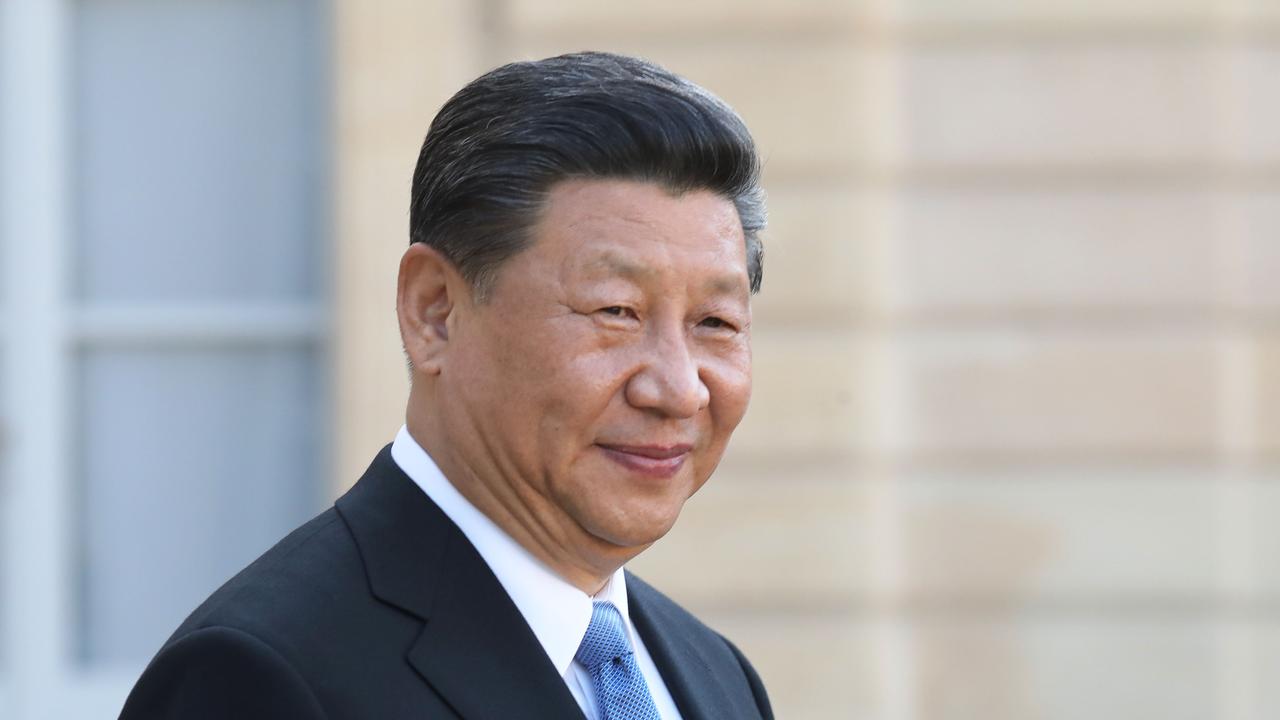NASA feeling heat of Elon Musk’s Mars hopes
NASA doesn’t envision getting astronauts to Mars until at least a decade later than Elon Musk has planned.

Entrepreneur Elon Musk’s announcement last week accelerating plans for manned flights to Mars ratchets up political and public relations pressure on NASA’s efforts to reach the same goal.
As Mr Musk publicly laid out a much faster schedule than NASA — while contending his vision is less expensive and could be financed primarily with private funds — a debate unlike any before is shaping up over the direction of US space policy.
Industry officials and space experts consider the proposal by Mr Musk’s SpaceX to land people on the red planet around the middle of the next decade optimistic. Some supporters say the deadline appears ambitious even for reaching the moon and Mr Musk himself said some of his projected dates were merely “aspirational”.
But the National Aeronautics and Space Administration doesn’t envision getting astronauts to Mars until at least a decade later, a timeline NASA is finding increasingly hard to defend in the face of criticism that it is too slow.
Arguments over NASA’s future coincide with a first meeting overnight of a revived White House Space Council, intended to set government-wide policy for launch programs and space priorities. Several of President Donald Trump’s top national security and economics advisers are expected to attend the public session, along with industry leaders such as Dennis Muilenburg, chairman and chief executive of Boeing, one of NASA’s most important legacy contractors. Lockheed Martin chairwoman and CEO Marillyn Hewson also is expected to attend.
No major announcements are imminent, but some experts foresee the council taking the lead to reassess, and likely restructure, NASA’s Mars endeavours. One possible scenario would involve eventually pitting Mr Musk’s unconventional SpaceX against traditional NASA contractors, industry officials said.
Amazon founder and chairman Jeff Bezos also has announced plans for heavy-lift rockets designed to take humans to the moon and beyond, though his space start-up, Blue Origin, has released fewer details.
White House officials have privately said they are focused on private-public partnerships for space exploration, which should set the stage for “a much better future for NASA with a competitive market” for space exploration, according to Greg Autry, a University of Southern California professor who pushed that strategy as a senior member of the Trump administration’s NASA transition team.
“I wouldn’t bet against Bezos and Musk,” he said, adding traditional contractors were bound to have escalating “concerns that we may see the private sector leapfrog them” in exploring the solar system. Those contractors already were “thinking of ways to deal with this”, Mr Autry said
Consultant Charles Miller, an outspoken proponent of commercial space projects and another member of the NASA transition team, sees SpaceX as a catalyst to reshape longstanding agency initiatives. Current programs “will look increasingly foolish”, he said, “once it becomes clear to everybody that alternatives are flying that are much more affordable”.
For space historian Howard McCurdy, of American University, Mr Musk’s announcement is bound to alter the relationship between public and private space goals. “It may not turn out exactly as (SpaceX) has proposed,” he said. “But it’s likely to spark something” different for NASA.
A SpaceX spokesman said that “to increase the probability of success and to build greater public excitement for deep space exploration, we have long encouraged multiple paths to Mars”.
NASA also stressed co-operation: “A sustainable crew presence in deep space will require the best of NASA, our international partners and the private sector.” Agency plans envision a permanent base near the moon, with refuelling capabilities, and using that as a jumping off point to Mars.
Mr Musk initially talked about a price of about $US10 billion to develop rockets and spacecraft that could refuel in orbit and then reach Mars, perhaps by 2024.
If SpaceX succeeds, “it will make NASA’s current rocket and space vehicle development programs look like quaint 20th-century anachronisms”, according to consultant Joel Sercel, a former government space researcher.
“But that’s a big if.”



To join the conversation, please log in. Don't have an account? Register
Join the conversation, you are commenting as Logout